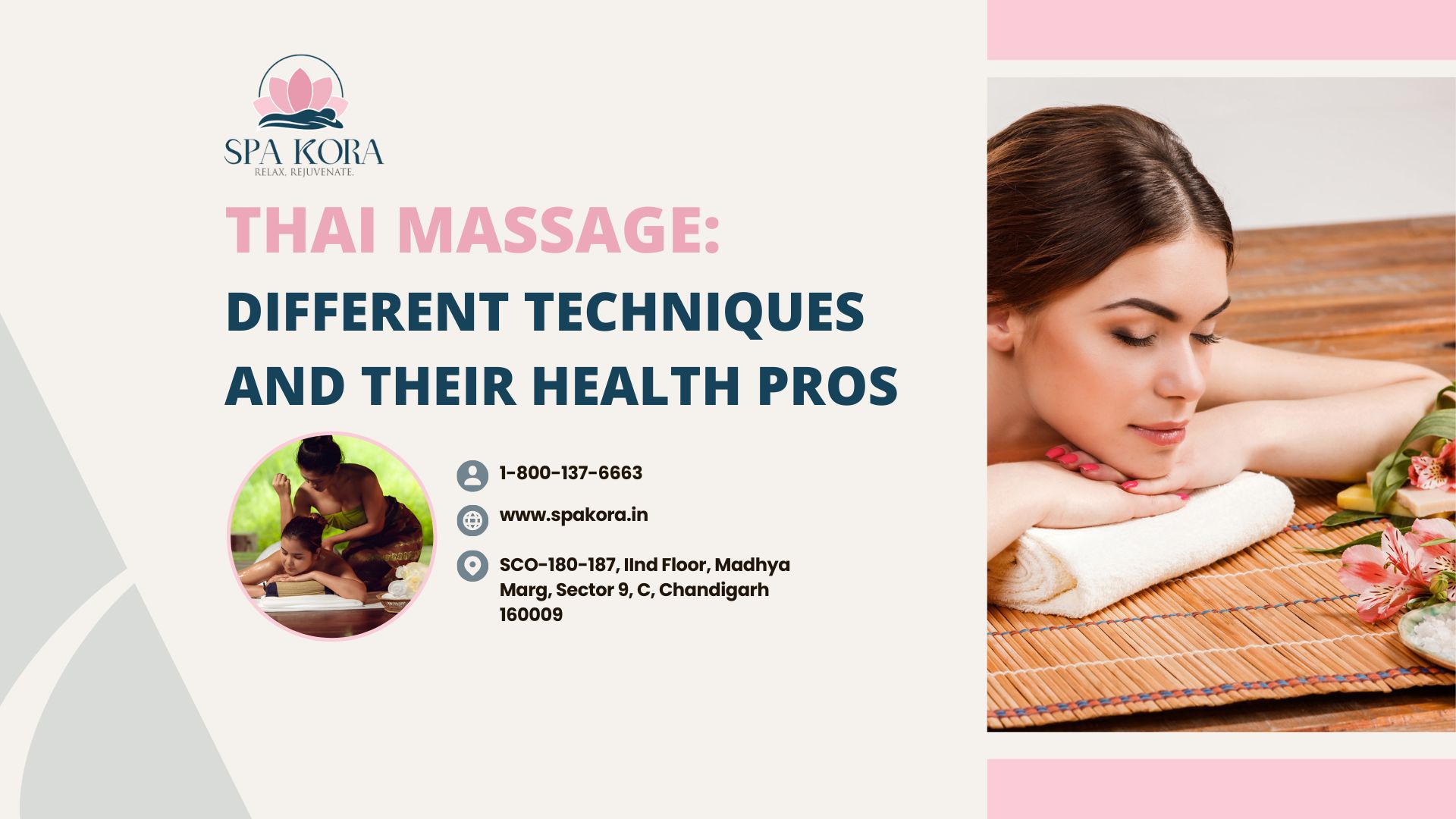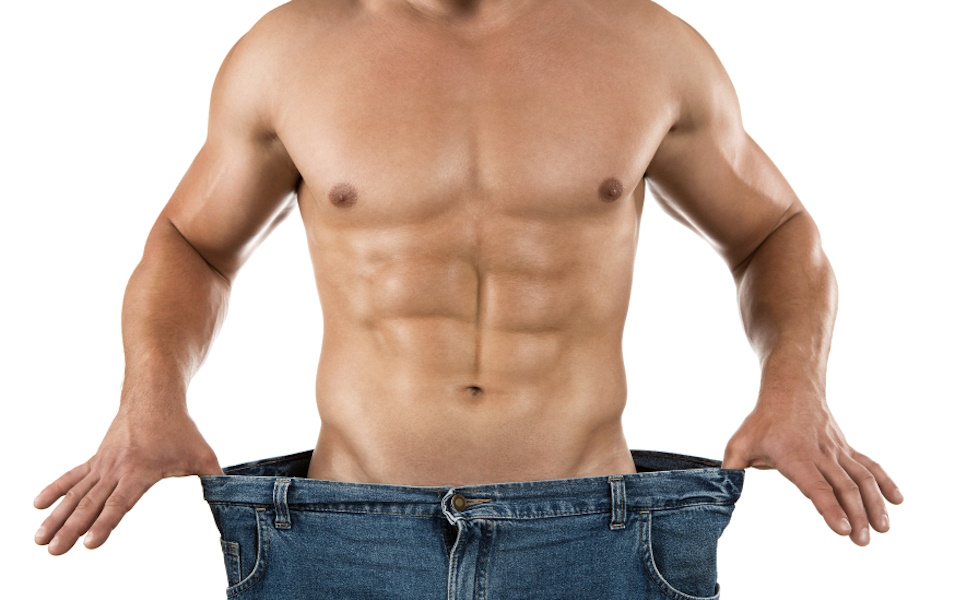This special massage is one of the oldest healing arts associated with ancient traditional Thai medicine, which involves elements of yoga, acupressure, and assisted stretching. Famous for its unique techniques, Thai massage guarantees holistic benefits, making it fundamental for both physical and mental health. This blog will unfold the various steps of Thai massage, describe the different techniques used, and the major health benefits of Thai massage, including relaxation.
What is Thai Massage, Really?
It is often thought of as “passive yoga” because the therapist moves the recipient through a series of stretches and movements. Traditional massages with oil are mainly applied on the surface of the muscles, while Thai massage takes place on a mat, and thus opens up more possibilities for contact with deeper layers of one’s . Techniques may involve hands, elbows, knees, and even feet, to give pressure and stretch the body.
Major Techniques of Thai Massage
Thai massage utilizes a number of specific techniques. The major techniques practiced during a treatment include the following:
Palming and Thumbing
Palming and thumping is one of the most primary techniques of Thai massage. This is used by the application of palms and thumbs onto the body’s energy lines, called “Sen.” It allows for the adjustment of tension and helps to increase blood flow.
Pros: It promotes the flow of blood, causes relaxation, and reduces tension in the muscles.
Stretching
Stretching is said to be a basic component of Thai massage; the application of fundamental strokes by the practitioner to lead the receiver through this set of stretches, which can be compared to yoga stretches directly affects the different muscles. Such stretch moves improve flexibility and mobility.
Benefits: Flexibility is increased, it helps eliminate tension in the muscles, and enhances overall mobility.
Stages of Thai Massage
If you want to enjoy the Thai massage benefit, here is a general outline of how a typical session can run through the stages of Thai massage.
Step 1: Preparation
Environment: Create a relaxing ambiance with dim lights, soft music, and spacey temperature.
Attire: Loose fitting dress that will provide flex for movings. Traditional Thai massage does not apply oil.
Step 2: Warm Up
Warm-up strokes are the beginning of the session that involves the body. The therapist will use gentle pressure and subtle stretches lightly to reach the relaxation of the muscles.
Step 3: Palming and Thumbing
A therm’s palms and thumbs apply pressure on lines of energy of the body. S/he concentrates on areas that have tension during this session to assist the person to relax and let go for deeper stretches.
Stretching The 4th Step
The therapist will support the client in their stretches, guide them to slowly stretch and relax their muscles. This stage can be assisted stretches, such as postures from yoga.
Step 5: Joint Mobilization
The therapist slowly glides the recipient’s limbs through varied ranges of motion to move the joints and enhance flexibilities. This process reduces stiffness and enhances joint functioning.
Step 6: Compression and Acupressure
The therapist will then apply deeper pressure to certain areas of tension by using their body weight to compress the area. Techniques of acupressure could be used within this step, stimulating the energy points.
Step 7: Cool Down
The sessioner will help the body transition into relaxation after the session through slow and gentle movements of effleurage and stretching. The therapist will be able to evaluate the recipient’s response with some suggestions ahead of future sessions.
Pros of Thai Massage, The Real Ones
Thai massage is very beneficial, which makes it attractive to those seeking relief for physical discomfort or stress. Some benefits of Thai massage include:
Relieving Pain: Most patients can be relieved from chronic cases of pain, such as headaches, back pains, or joint aches, due to the application of the various techniques of Thai massage.
Thai massage develops the sense of imbalance in the body, so a person balances and enhances their general well-being, which may help to have a better understanding in clarity of mind and focus.
Holistic Well-being: It is holistically-oriented; it would tend to treat both the physical discomfort, as well as the emotional/mental condition to attain a harmonious lifestyle.
Conclusion
Thai massage is the art of medical treatment that has many advantages on the body and psychological levels. It includes several techniques like stretching, acupressure, and the mobilization of articulations. With all these techniques being applied during Thai massage, a person can get relaxed, build muscles, and get rid of all the tensions collected in his body. Thus, if you have decided to take a natural holistic regime for maintaining health then try Thai massage to make yourself refreshed.
Understanding the Steps of Thai Massage, as well as the Numerous Benefits Whether you are a seasoned practitioner or simply trying it out for the very first time, knowing the steps of Thai massage, as well as the many benefits, will surely lift you up and add depth to your self-care routine.




